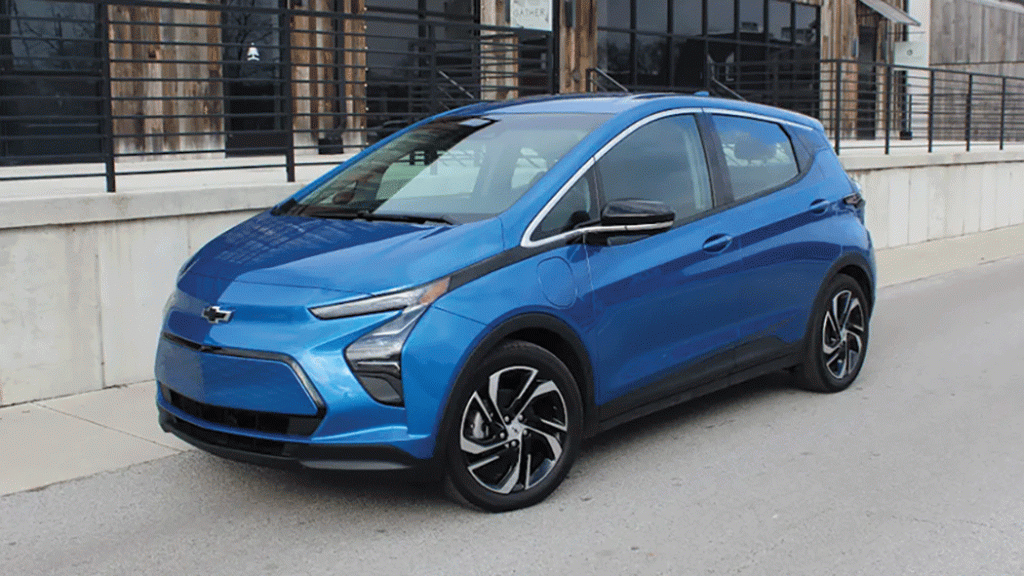
The Trump administration is prematurely halting important tax incentives for clean energy purchases. If you were thinking about reducing your fossil fuel impact and taking advantage of the tax savings, it’s time to move right now.
New electric vehicles (EVs) can generate a $7,500 tax credit. Used EVs and plug-in hybrids (PHEVs) can qualify for a $4,000 tax credit. (Check the specific qualifications online.) But these credits no longer apply for purchases after September 30. The tax credit for installing an EV charger (up to $1,000) runs through June 2026.
Clean energy systems such as solar panels, wind turbines, and geothermal heat pumps can still produce a 30 percent tax credit, but only for installations completed by December 31. There’s still time to get these systems in place, but you have to line up purchases and installers as soon as possible.
There’s also a program that provides credits for qualified heat pumps, water heaters, biomass stoves, or biomass boilers (up to $2,000), and for efficiency improvements like insulation, doors, windows, and home energy audits (up to $1,200). But these credits disappear December 31.
If you’re serious about reducing your energy footprint, these are meaningful steps you can take today while still getting a big break on the costs.
Here is how the tax breaks have worked out for my family.
The Cars
In December, we bought a plug-in hybrid and got the $4,000 tax credit. Used vehicles have to be purchased through a dealer to get the credit, which is what we did in this case. But in January, we bought an EV that was for sale by an individual. How did we manage to get the credit? First of all, we had bought the plug-in hybrid under my name, and we were buying the EV under my wife’s name, since an individual can get only one of these vehicle tax credits every three years. We also used a reputable online dealer called KeySavvy, which handled the transaction as a kind of middleman for a trivial cost. And KeySavvy, as a dealer, was able to take the tax credit themselves, dropping our purchase price by $4,000 and eliminating the need for us to claim the credit on our tax return. It was all very professional and painless. (By the way, used cars need to be at least two model years old to qualify.)
Solar Panels
We bought some solar panels as part of a group purchase organized by local energy leader Lonnie Gamble. But prices are reasonable no matter how you get them. Then I worked extensively with a designer at SignatureSolar.com, at no cost, to spec out the other main components we needed. I got our utility company, Access Energy, to sign off on our plans, and I expect to get it all going in the next month or two, well before the deadline.
It feels wonderful to have these two electric vehicles, especially because—very soon—they will be powered by the sun, with enough juice left over for most of our other electrical needs. Being able to take advantage of the assistance that previous administrations have offered to spur the adoption of alternative energy helped make this possible for us. And it is still possible for you, but only for a short time.
Note: Everything I mention is a tax credit, not a rebate. You have to have enough taxable income to make use of the credits.
